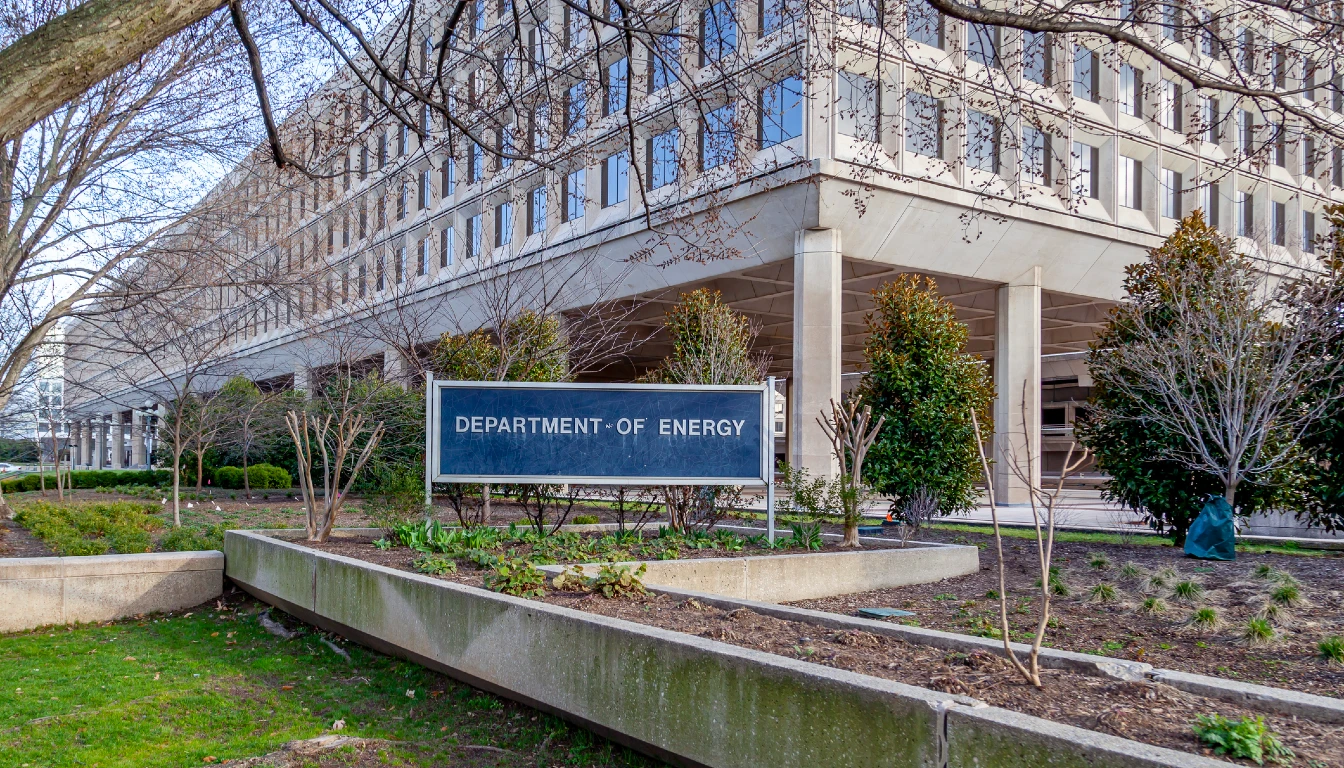The U.S. Department of Energy (DoE) has earmarked $125 million to fund two Energy Innovation Hub teams to spearhead a next wave of battery technology development. This initiative, aimed at improving the current limitations of lithium-ion batteries, is led by Argonne National Laboratory and Stanford University. The move reflects a concerted effort to accelerate the decarbonisation of transportation and enhance the integration of clean energy into the electricity grid.
The funding announcement, detailed in a DoE release, underscores the pressing need for advanced energy storage solutions to address the growing demand for safer, more efficient, and cost-effective battery technologies. Emerging applications, particularly in transportation and grid storage, necessitate higher energy storage capacities, improved safety measures, and a diversification of raw materials used in battery manufacturing to mitigate supply chain risks.
Energy Storage Research Alliance (ESRA)
The Energy Storage Research Alliance (ESRA), spearheaded by Argonne National Laboratory, brings together approximately 50 researchers across three national laboratories and 12 universities. Their mission is to explore battery sciences foundationally to address prevailing challenges, including safety, high energy density, and the development of long-duration batteries from readily available, inexpensive materials.
The primary ambition of ESRA is to push the envelope of energy storage science, fostering technological innovation that fortifies U.S. economic competitiveness.
Shirley Meng, Director of ESRA, emphasised the urgent need for high-performance, low-cost, and sustainable energy storage devices in striving towards deep decarbonisation of heavy-duty transportation and the electric grid. Meng, who is also the Chief Scientist at the Argonne Collaborative Center for Energy Storage Science and a professor at the University of Chicago’s Pritzker School of Molecular Engineering, stressed that surpassing the capabilities of current lithium-ion technology necessitates groundbreaking research anchored in basic science. She said: “The demand for high-performance, low-cost and sustainable energy storage devices is on the rise, especially those with potential to deeply decarbonize heavy-duty transportation and the electric grid.”
Bryan McCloskey, ESRA’s Deputy Director for Scientific Thrusts and a faculty engineer at Berkeley Lab, added that ESRA aims to foster an ecosystem conducive to rapid innovation, reducing the lag between basic discovery and technology deployment. An essential component of ESRA’s strategy involves the training of a diverse, future workforce equipped for forthcoming manufacturing demands through partnerships with industry, academia, and government. He said: “ESRA creates an energy storage research ecosystem with the mission to rapidly innovate, shorten the time between basic discovery and technology development, and train the next-generation workforce.”
The coalition, comprising institutions like Columbia University, MIT, and the University of Michigan, among others, will participate actively in all aspects of scientific research, governance, and strategic development.
Aqueous Battery Consortium (ABC)
In parallel, Stanford University leads the Aqueous Battery Consortium (ABC), focusing on developing a novel aqueous battery that promises to be both environmentally safe and cost-effective. This new battery technology, anticipated to boast higher energy density than current lead-acid batteries and potentially cost just one-tenth of contemporary lithium-ion batteries, aims to overcome longstanding challenges such as low voltage, energy density, and corrosion.
Linda Nazar, the project’s Chief Scientist and a professor at the University of Waterloo, noted the persistent barriers faced in aqueous battery development, including material corrosion and cell failure under practical conditions. “The barriers to such a new aqueous battery have stymied inventors for years,” she remarked.
Yi Cui, Director of the project and a professor at Stanford, highlighted the imperative of creating affordable, grid-scale energy storage solutions capable of reliable long-term operation, especially in an era dominated by intermittent renewable energy sources like solar and wind power.
The Aqueous Battery Consortium, administered by Stanford’s Precourt Institute for Energy, brings together 31 leading battery scientists, engineers, and physicists from institutions across North America, including SLAC, several University of California campuses, North Carolina State University, and the US Army and Naval Research Labs. Their collaborative effort will span materials design and synthesis, theory and simulation, and prototype device characterisation.
The research teams will explore various facets of battery technology, including the electrolyte, electrode materials, and overall device architecture, with a vision to craft batteries that not only perform efficiently but also charge and discharge rapidly while being economically viable.
The DoE’s allocation of $125 million, divided equally between the two hubs over up to five years, sets a robust framework for transformative research in energy storage.




